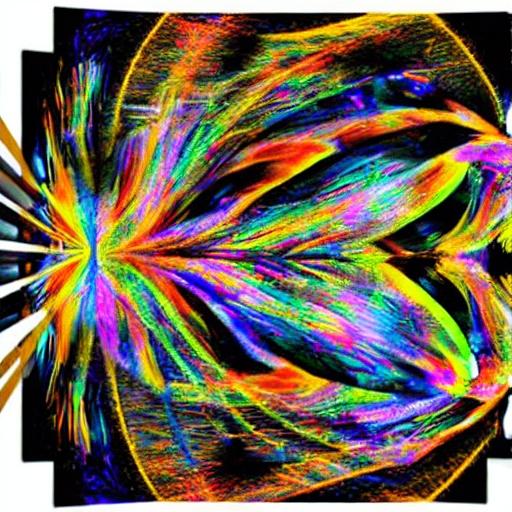NFTs, or Non-Fungible Tokens, have rapidly gained popularity in recent years, revolutionizing the way we perceive and manage digital assets. But how did this innovative technology come to be widely adopted?
The adoption of NFTs can be traced back to the growing interest in blockchain technology. Blockchain’s decentralized nature and ability to provide immutable records made it a perfect fit for digital ownership. NFTs were initially introduced on Ethereum, the second-largest blockchain network, in 2017. However, it took a few years for NFTs to gain mainstream attention.
One of the key factors that led to the adoption of NFTs was the emergence of digital art marketplaces. Platforms like SuperRare and Rarible allowed artists to tokenize their digital creations using NFTs. This opened up new avenues for artists to monetize their work and establish unique ownership rights. As more artists began to explore the possibilities of NFTs, the concept of digital art ownership gained traction.
Beyond the art world, NFTs found utility in various industries. Digital collectibles became a prominent use case, with projects like CryptoKitties capturing the attention of millions. These virtual cats, represented as NFTs, could be bought, sold, and bred, creating a new form of scarcity and value in the digital realm. The success of CryptoKitties paved the way for the rise of other collectible NFT projects.

Sports also played a significant role in driving the adoption of NFTs. In recent years, several professional sports leagues and teams ventured into the world of NFTs, offering fans exclusive digital merchandise and collectibles. NBA Top Shot, an NFT platform for basketball highlights, gained immense popularity and mainstream recognition. The platform allows users to purchase and trade unique video clips, creating a novel way for fans to engage with their favorite sport.
The music industry also embraced NFTs as a means to connect with fans and unlock new revenue streams. Musicians, including popular artists like Kings of Leon and Grimes, began releasing NFT-backed albums, artwork, and even concert tickets. This allowed fans to own exclusive digital assets and participate in unique experiences, enhancing the bond between artists and their supporters.
Additionally, the real estate market has shown interest in leveraging NFTs for property ownership. Using NFTs, investors can own fractional shares of a property, making it more accessible and liquid. This opens up opportunities for real estate crowdfunding and removes barriers for individuals looking to invest in the market.
TAGS
NFTs, blockchain, digital art, digital collectibles, sports, music, real estate
